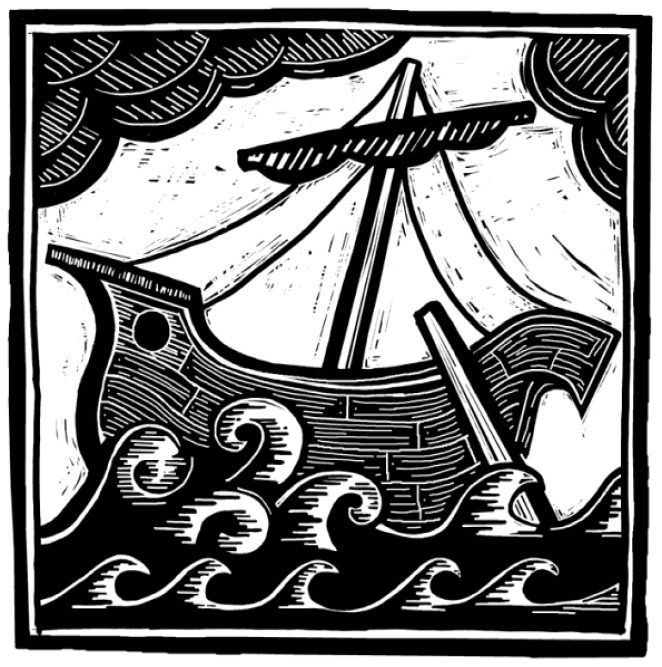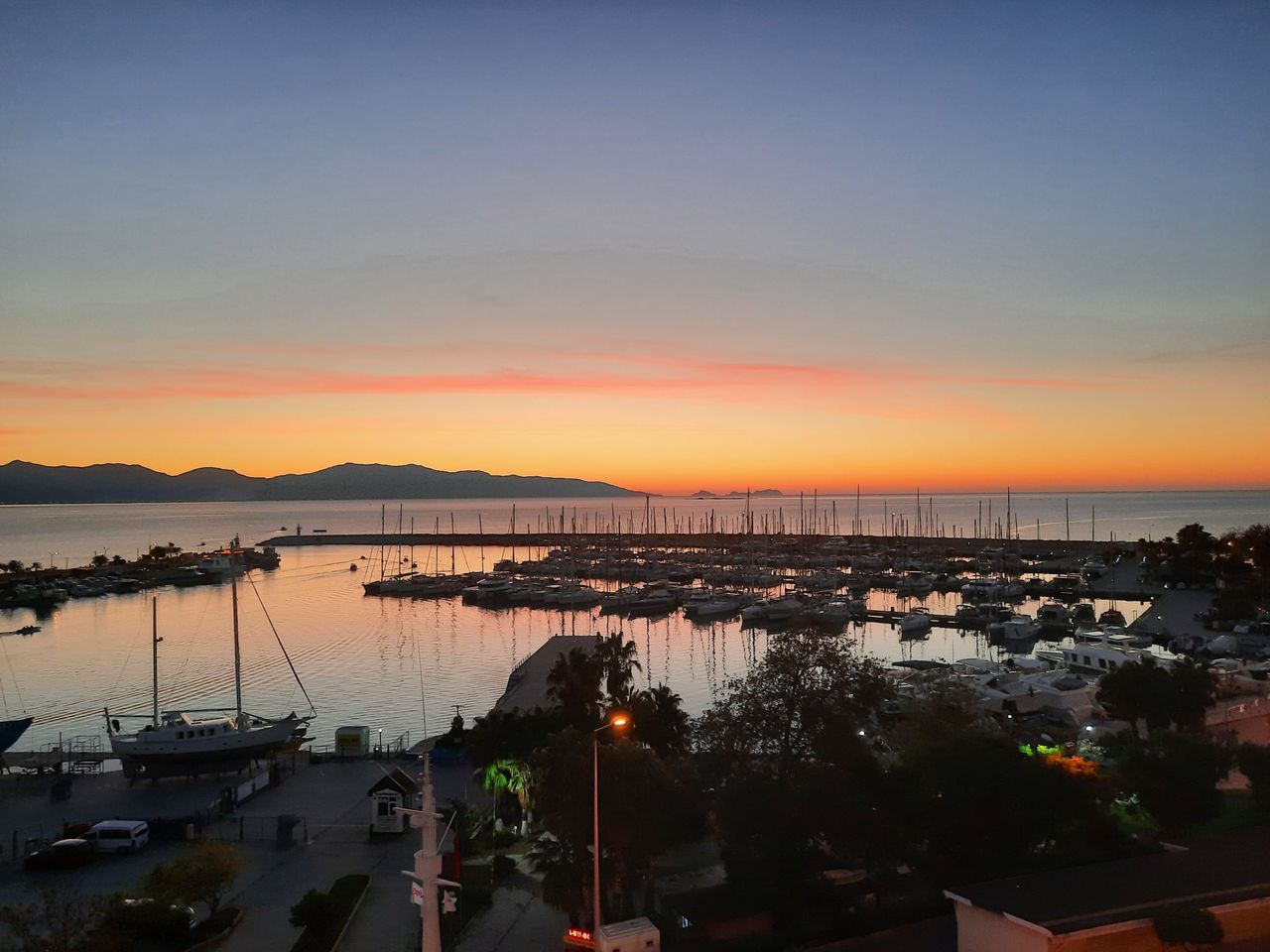This week I took my long anticipated trip to south-eastern Turkey. Because Syria is not an option for the EMU Middle East cross-cultural study program this spring, we decided to bring the EMU students to the area of Turkey just north of the Syrian border.

I was there to check out the current situation on the ground and to plan the study program in two key areas far off the beaten tourist track – Sanliurfa just east of the Euphrates River, and Antioch on the coast, just a few miles north of the Syrian border.
Visiting first Sanliurfa then Antioch immediately afterward this week was an unplanned profound experience. You see, both are locations of faith movements that changed the world. Sanliurfa is most likely, in spite of the tradition of placing it in modern Iraq, the “Ur of the Chaldeans” where Abram was born and from where Terah, Abram’s father, began traveling toward Canaan but settled in Haran instead. It is in Haran where Abram and Sarah eventually hear and respond to God’s call to move out on faith. The ruins of Haran are some 24 miles south of Sanliurfa, on the route to Damascus.

On Wednesday of this week I joined two wonderfully adventurous couples, one from the Australian outback, the other, a Jewish couple from Olympia, Washington, for a long day in the desert. We were guided by Aslan, a local Muslim historian, to explore, not only Haran, the place Abram and Sarah set out from but also, according to our devout guide, the sites where Job suffered, Jethro lived, pagans worshipped the moon, and incredibly, where the site of oldest temple in the world, Gebekli Tepe, built while humans were still hunter/gatherers has recently been discovered. (See June, 2011 National Geographic.) There is solid archeological and historical evidence for some of the above.
Then yesterday I explored Antioch, and the seaport of Seleucia (Acts 13:1-4). Back in Sanliurfa it had occurred to me that this would be a good opportunity to see if there were observable cultural differences today between Sanliurfa, once an important caravan stop on the Silk Road, and Antioch, once the most important seaport of the Roman Empire in northeastern Mediterranean. I decided to make and record some of what I observed. Below is a short list of some of the obvious differences today that almost certainly existed in some form in the first century. For comparative purposes I focused on the equivalent of the agora, or public market place of each city, figuring that this is where Paul went to observe and interact with the inhabitants and travelers of the cities he visited.
SANLIFURFA ANTIOCH
Agora is the bazaar in old city center. Agora is a walking mall in old city center.
The bazaar sells handmade, local products. The walking mall sells the latest trendy imports.
“Can I serve you tea?” “Can I bring you a beer?”
80% of women with covered heads. 80% of the women bareheaded.
80% of women in traditional dress. 80% of the women in latest western fashion.
No men wearing shorts. 25% of the men wearing shorts.
All the newspapers are in Turkish only. English and German newspapers also available.
The agora is where Paul went, not just to talk, but to listen and observe, looking for clues and insights into how open the people of that city were to new ideas. As in Sanliurfa today and in Pisidian Antioch and Iconium of the first journey, the agoras of the inland cities very likely represented a more traditional, closed, and defensive local culture, or local subculture with a powerful influence. The agora of Antioch and other seaports almost certainly displayed liberal attitudes, openness to change and new ideas. Of course the local subculture may have also been traditional and reactionary, but it likely had less social influence on the majority culture.
This follows the thesis of Rodney Stark in his study of the relative openness of cities based on the number and variety of pagan temples in port cities in comparison to inland cities. (Cities of God, 2006). Seaports invariably have more of both numbers and variety, indicating a general openness to new religious ideas including the gospel Paul brought. And indeed, following the first missionary journey, Paul chose seaports in which to spend time, and in those culturally open seaports with the best and worst of human achievement on public display, the church took root and flourished.

But back to Antioch and Seleucia. Antioch in the first century was second only to Alexandria, Egypt in terms of status, power, and wealth. The great water diversion tunnel built under the emperor Titus is evidence of the importance of Seleucia. There is reason to believe, as some argue, that Paul actually intended to go to Alexandria from Paphos, Cyprus on his first journey, but due to family connections of the proconsul, Sergius Paulus, decided to go to Pisidian Antioch. As Paul discovered, what works in the port of Paphos, does not work so well in inland Pisidian Antioch.

I left both Sanliurfa and Antioch pondering the attitudes that modern western Christians have toward contemporary paganism and its expressions in popular culture, and whether we are often less like Paul and more like John Mark who abandoned the journey when it was clear Paul was going in a direction he did not want to go. John Mark abandoned the voyage and returned to Jerusalem, that great inland haven of religious tradition and enduring conservatism.
Comments welcome.



I think it depends on ones vision to “new” ideas. New ways of doing church if you will. Having grown up in a traditional church setting, I found the idea of house church very different. For me I love the concept of everybody sharing and participating in the meeting. Not just one or two people giving a message, but everyone being involved. The idea, that I can start a church in my home by having a few friends or colleagues or people I’ve met out and about. House church was a new idea for me and I’ve enjoyed the experience I’ve shared with others. But I’ve met others in Chile to whom the idea of house church is not church at all and want nothing to do with it. They’d prefer to go to a traditional style of church.